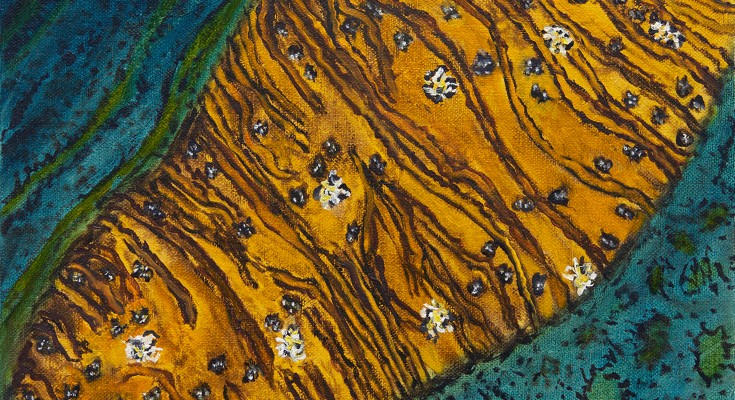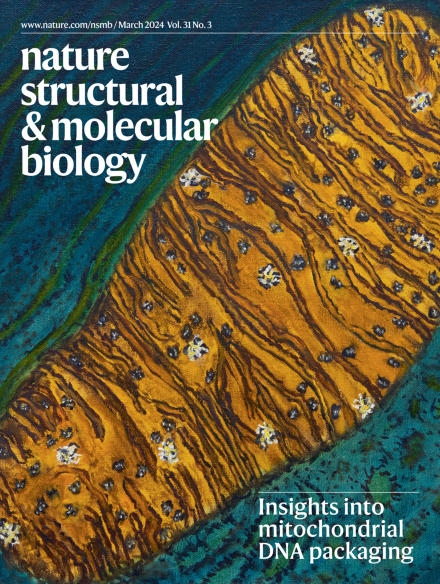
Insights into mitochondrial DNA packaging
A study by Isaac et al. presents mtFiber-seq, a method that measures individual mitochondrial genome packaging at nucleotide resolution, providing insight into the architecture of mtDNA packaging.

A study by Isaac et al. presents mtFiber-seq, a method that measures individual mitochondrial genome packaging at nucleotide resolution, providing insight into the architecture of mtDNA packaging.


Pregnancy loss is common in humans, but maternal genetic factors modulating its incidence are largely unknown. In a meta-analysis of genome-wide association studies, researchers identified a genetic variant that seems to increase risk of pregnancy loss by dysregulating meiotic recombination between homologous chromosomes during egg formation.